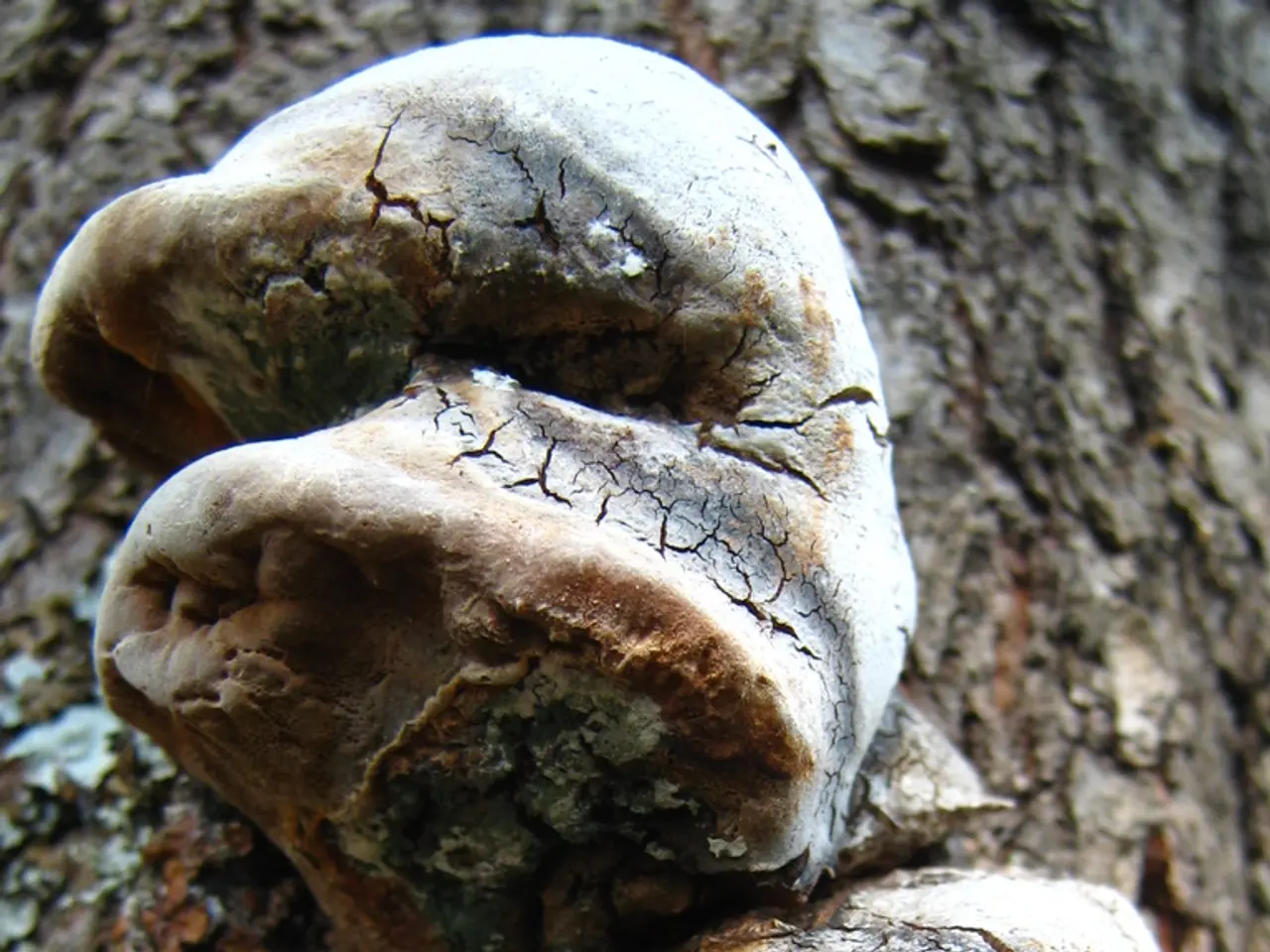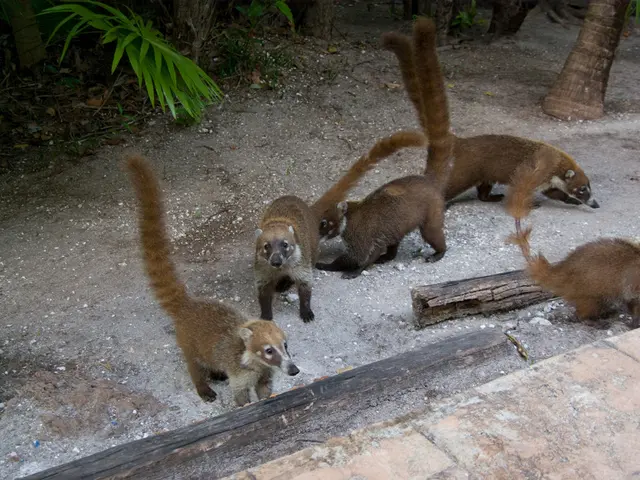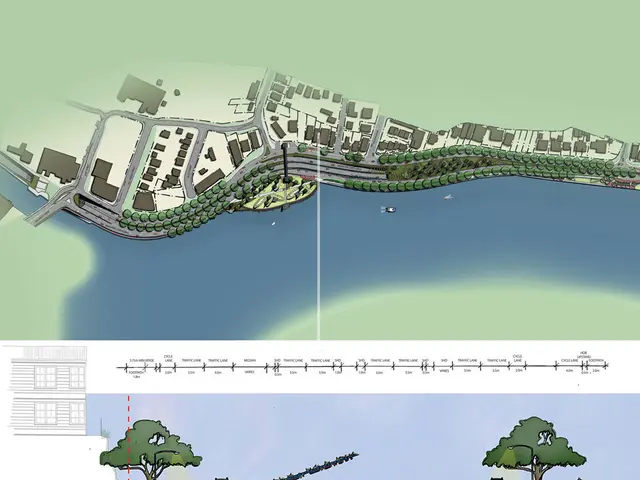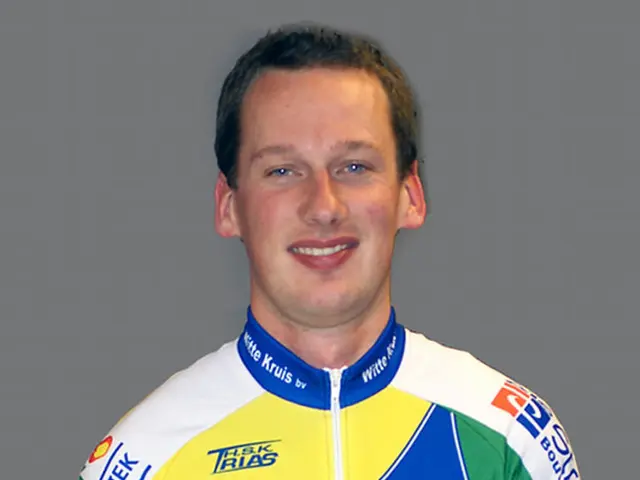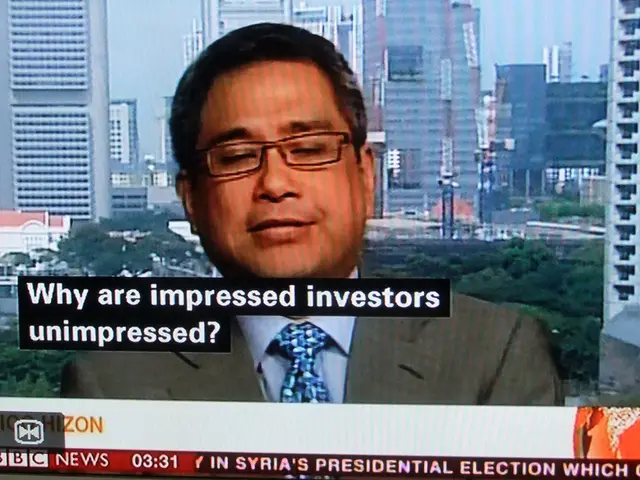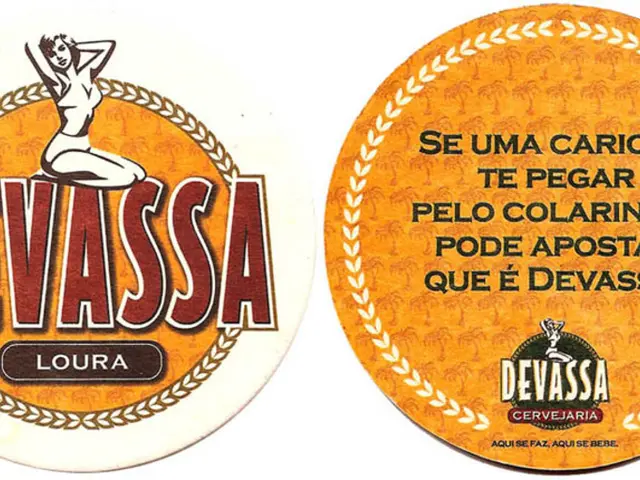Rapamycin: The Easter Island Compound Fighting Aging and Cancer
Discovered from Easter Island soil, rapamycin, a compound produced by the bacterium Streptomyces hygroscopicus, has shown remarkable potential as a universal anti-aging drug and cancer fighter. By suppressing mTOR activity, it slows cell aging, reduces inflammation, and extends lifespan in lab tests.
The journey of rapamycin began in 1964 when a Canadian team, led by Stanley Skoryna, was studying Easter Island's biosphere. They isolated the bacterium and found it produced this unique compound. Dubbed 'rapamycin', it was later found to inhibit the mTOR protein, which regulates cell growth, metabolism, and immune responses.
Rapamycin's 'magic' lies in its ability to slow aging processes. It has shown promise in extending lifespan in various lab tests, making it a promising candidate for a universal anti-aging drug. Moreover, its potential in cancer treatment and neurological disorder therapies is being explored. As a powerful immunosuppressant, it's already used in organ transplantation to prevent rejection. The global market value of rapamycin, also known as sirolimus, was $328 million in 2024 and is projected to reach $522 million by 2033.
From the remote soils of Easter Island to global medical use, rapamycin's discovery has been a remarkable journey. Its potential in anti-aging, cancer treatment, and other applications is being actively researched. As its market value continues to grow, so does the recognition of Easter Island's contribution to this multi-million-dollar drug.
